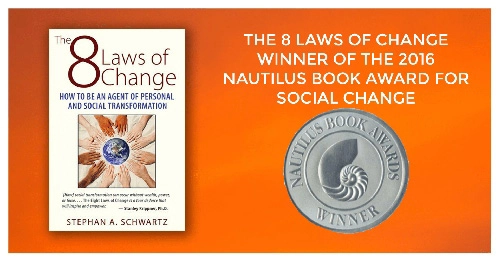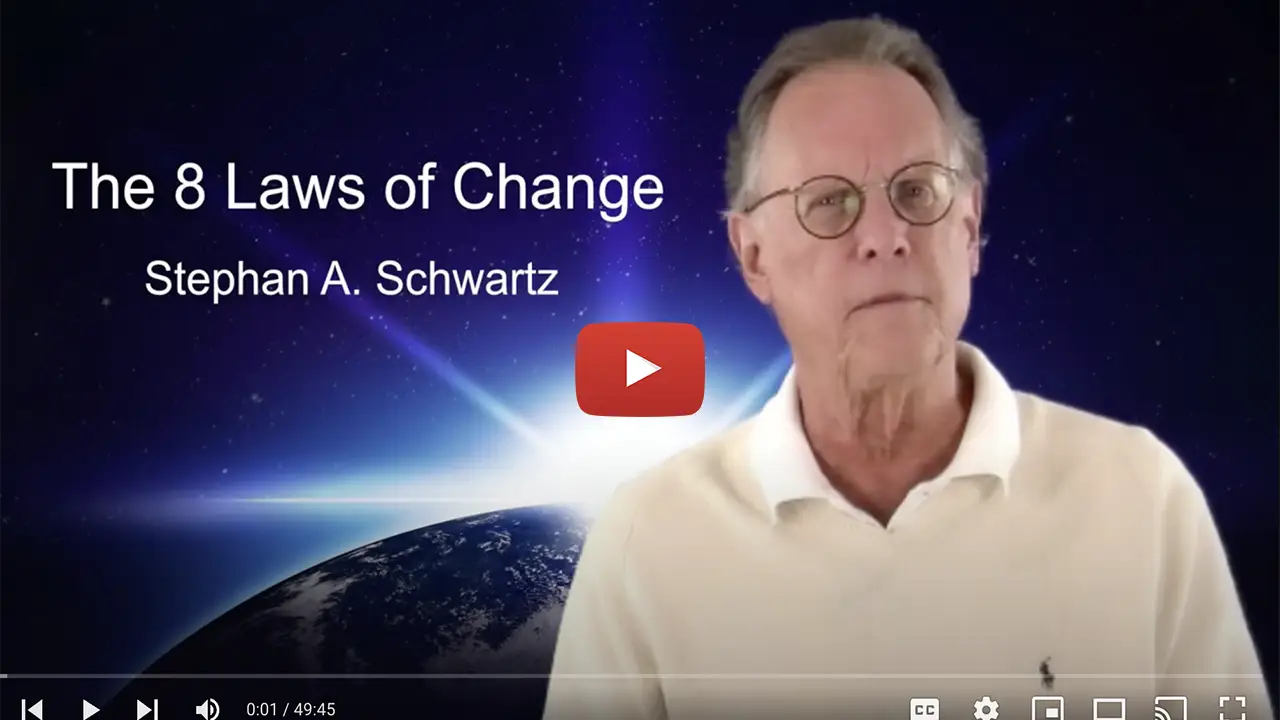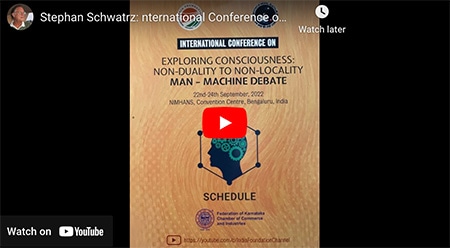CAVAN SIECZKOWSKI , - The Huffington Post
Stephan: Yet another reason to cherish the bees. So why are we endangering them in order for six companies to get control of the world food system for the purpose of profit?
Click through to see videos.
A new study has shown that bee venom can kill the human immunodeficiency virus (HIV).
Researchers at Washington University School of Medicine in St. Louis have demonstrated that a toxin called melittin found in bee venom can destroy HIV by poking holes in the envelope surrounding the virus, according to a news release sent out by Washington University.
Nanoparticles smaller than HIV were infused with the bee venom toxin, explains U.S. News & World Report. A ‘protective bumper’ was added to the nanoparticle’s surface, allowing it to bounce off normal cells and leave them intact. Normal cells are larger than HIV, so the nanoparticles target HIV, which is so small it fits between the bumpers.
‘Melittin on the nanoparticles fuses with the viral envelope,
No Comments
DAN FLYNN, - Food Safety News
Stephan: Here is some more good news about food safety, and it will be even better if it is implemented. We have a $77 billion a year problem with food safety, that the programs discussed in this report would address.
From its headquarters on Baltimore harbor, the 15-year-old Center for Biosecurity of UPMC looks out on the historic Coast Guard Cutter Taney, the last ship afloat to have immediately fought back when Pearl Harbor was attacked in 1941.
The way the Taney instantly turned its guns on the enemy is just the sort of reaction the U.S. needs to mount whenever and wherever there is an outbreak of foodborne illness, according to the Center’s new report ‘When good food goes bad.
No Comments
TOM PHILPOTT, - Mother Jones
Stephan: The previous lead story is far from a singleton. Here is a slightly more modern version. We need to demand that our food is safe, and that requires real regulatory oversight.
Click through to see the charts and tables.
Bisphenol A (BPA) and phthalates are what’s known as ‘endocrine disruptors’-that is, at very small doses they interfere with our hormonal systems, giving rise to all manner of health trouble. In peer-reviewed research, BPA has been linked to asthma, anxiety, obesity, kidney and heart disease, and more. The rap sheet for phthalates, meanwhile, includes lower hormones in men, brain development problems, diabetes, asthma, obesity, and, possibly, breast cancer.
So, ingesting these industrial chemicals is a bad idea, especially if you’re a kid or a pregnant woman. But avoiding them is very difficult, since they’re widely used in plastics, and are ubiquitous in the food supply. The federal government has not seen fit to ban them generally-although the FDA did outlaw BPA from baby bottles last year (only after the industry had voluntarily removed them) and Congress pushed phthalates out of kids’ toys back in 2008. Otherwise, consumers are on their own to figure out how to avoid ingesting them.
Unfortunately, that’s a really hard task-and eating fresh, local, and organic might not be sufficient, as new research (abstract), published in the peer-reviewed Journal of Exposure Science and Environmental Epidemiology, shows.
A team led by Sheela Sathyanarayana of University of Washington’s Seattle Children’s Research […]
No Comments
HELEN EPSTEIN, - The New York Review of Books
Stephan: This is a shameful, and quite awful report describing yet again how corporate profits were considered more important than wellness. How the U.S. sacrificed the health of an untold number of mostly poor children so the lead industry could keep making profits on products that were known to be unsafe. It is of a piece with the tobacco, BPA, and high corn fructose scandals
This is never going to stop until those of us who support life-affirming socially progressive policies create a critical consensus that through voting changes the Congress. Right now, 535 Senators and Representatives, 9 Supreme Court Justices, and one President -- a total of 545 men and women are shaping the kind of country 315 million people live in. An mostly the needs and concerns of those 315 million count as nothing against the profits of the few. In 2014 we need to change the membership of the House and Senate.
SOURCE: Lead Wars: The Politics of Science and the Fate of America's Children
by Gerald Markowitz and David Rosner
University of California Press/ Milbank Memorial Fund, 298 pp., $34.95 (to be published in April)
1.
In December 1993, a slum landlord in Baltimore named Lawrence Polakoff rented an apartment to a twenty-one-year-old single mother and her three-year-old son, Max.1 A few days after they moved in, Max’s mother was invited to participate in a research study comparing how well different home renovation methods protected children from lead poisoning, which is still a major problem endangering the health of millions of American children, many of them poor.
Congress had banned the sale of interior lead paint in 1978, but it remained on the walls of millions of homes nationwide, and there was no adequate federal program to deal with it. In Baltimore, most slum housing contained at least some lead paint, and nearly half of the children who lived in these houses had levels of lead in their blood well above that considered safe by the Centers for Disease Control. Max’s blood lead was low when he moved into Polakoff’s apartment, but Polakoff had been cited at least ten times in the past for violating Baltimore’s lead paint regulations, and several former tenants would later sue him for poisoning their children, so the boy was now in great danger.
The research study in which Max and his […]
No Comments
MARTIN KAPLAN, Research Professor, USC Annenberg School for Communication - AlterNet (U.S.)
Stephan: Here is some good news about how to understand and control what you eat.
For more on NuVal go to: http://www.nuval.com/
Martin Kaplin is the research professor at the USC Annenberg School for Communication, holds the Norman Lear Chair in Entertainment, Media and Society. He has been a White House speechwriter; a Washington journalist; a deputy presidential campaign manager; a Disney studio executive; a motion picture and television producer and screenwriter; and a radio host.
I couldn’t believe my eyes.
I was in a Minneapolis branch of Byerly’s, an upscale grocery chain in Minnesota. Scanning the aisles for a small extravagance for my dinner hosts, I noticed that the shelf labels included not just the price-per-unit, which I’m used to, but little blue and white linked hexagons marked on a scale of 1 to 100 — a ‘NuVal’ score.
NuVal scores don’t tip you off to a bargain. They tell you how good or bad a food is for your health.
Yeah, right. The idea that a food store would admit — would explicitly declare, on the spot, as your hand is reaching for it — that a product it’s selling is nutritionally crappy: that violates every principle of Marketing 101, not to mention Ayn Rand 101.
This is different from the labels that the U.S. Food and Drug Administration has required since 1990. Those are well-intentioned marvels of confusion, containing so much information (are you getting your minimum daily requirement of magnesium?), so much disinformation (calculating calories per serving, when a serving is half the amount a runway waif would eat), so much incomprehensible information (I forget — is tripotassium phosphate good or bad for you?) that you […]
No Comments









